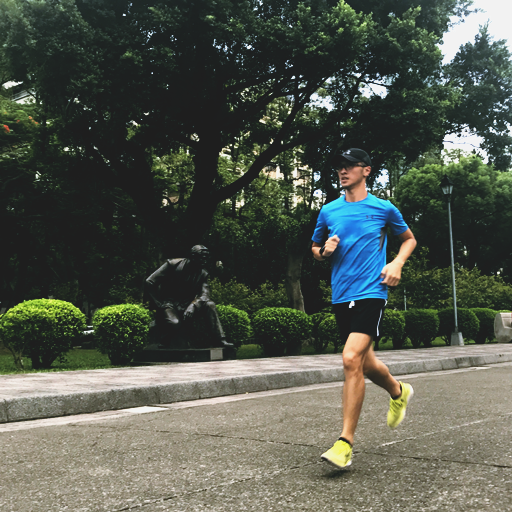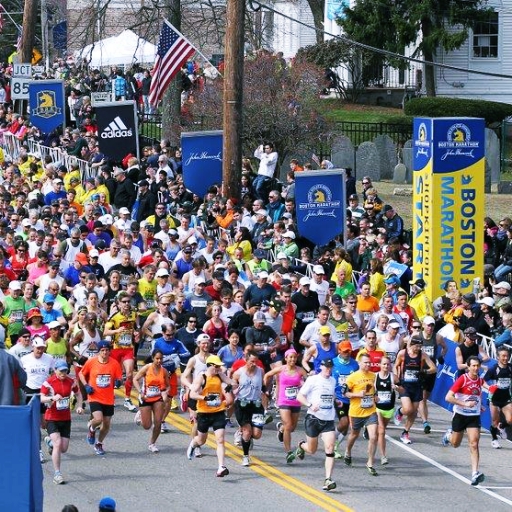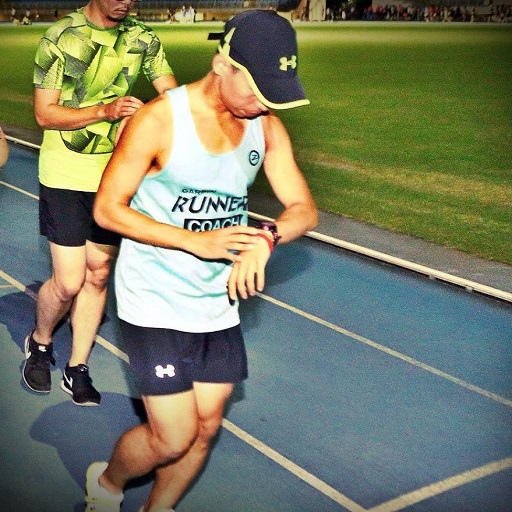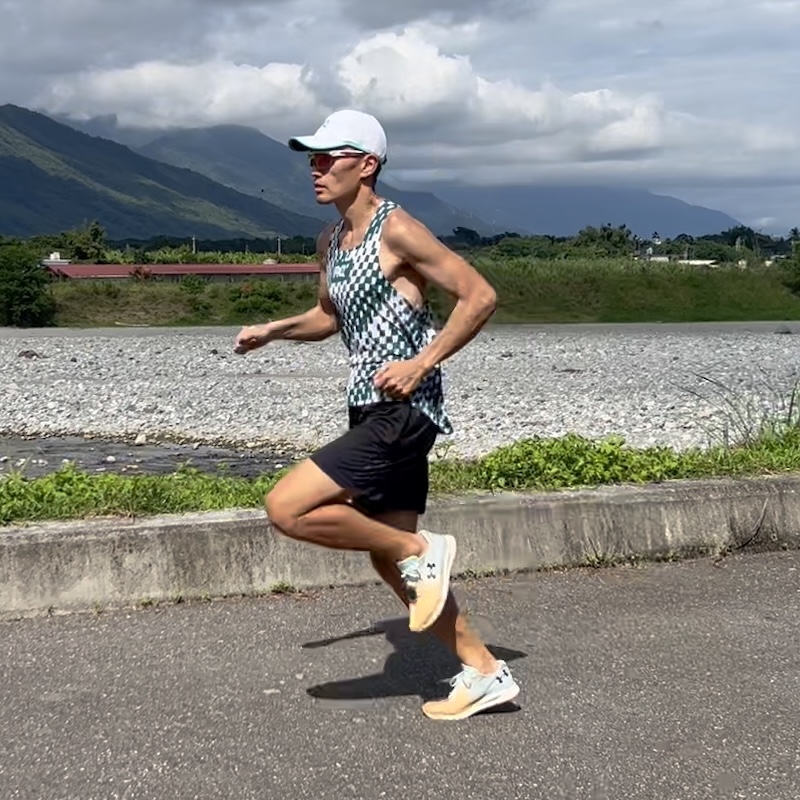在我的觀念裡,力量訓練可分為「基礎力量」和「專項力量」。前者是每一種運動項目都要練的,後者跟運動項目有關,例如游泳、自行車、足球和跑步的「專項力量」都會有差別。但「基礎力量」會大同小異,這個大同中就一定有蹲舉……等動作。但除了蹲舉還有哪些?
《The System》這本談論基礎力量的專書已經明確回答了這個問題,下面引用原文書第 34 頁分享如下:
以下為譯文
帕列托法則(Pareto’s Principle),是一項著名的經濟學法則,又稱為「80/20法則」,它也適用於力量訓練動作的選擇。它所要表達的意思很簡單:把 80% 資源花在能產出最大效益的 20% 關鍵事情上,而這 20% 的關鍵又將為你帶來 80% 的效益。從訓練的目的來看,我們可以把這個法則的內容改寫成:從所有的力量動作中選出最關鍵的 20%,而這關鍵的 20% 訓練動作將為運動員的力量與爆發力帶來 80% 的訓練效果。
這關鍵的 20% 訓練動作,作者選列如下:
- 蹲舉及其變化式:背蹲舉、前蹲舉、單腿蹲
- 爆發力動作:上膊、抓舉、挺舉、推舉
- 推與拉:臥推、肩推、上膊與抓舉的拉槓動作、划船及其變化式
- 下背與後側動力鏈:羅馬尼亞式硬舉 (RDL)、背挺舉、反向背挺舉、早安動作
以上這份清單很短,但這些動作就是我們認為基礎力量動作中關鍵的 20%。雖然我們所設計的力量課表中,不會只有這些動作,但 80% 的訓練效果無疑都是由它們產生,在跟我們合作過的運動員中只要是認真熟練這幾個動作,進步的效果都很明顯。簡而言之,把你的重心放在學習與優化這幾種動作的教學上,會比學習眾多「複雜的」和「全面式的」課表,更能有效幫助運動員提升力量和爆發力。
除了上述 20% 關鍵動作之外,任何其他的舉重與訓練動作都應當作輔助、平衡弱點或滿足專項運動需求的訓練手段。這些動作應只占總體訓練的一小段時間,只是在填補訓練空隙,換句話說,它們只是輔助。有很多教練在動作選擇上太過追求創造力,不斷地學習與搜集那些無法顯著提升力量的訓練動作。
運動的基礎元素是蹲、跳、跑、彎(腰)/屈(膝)、(旋)轉、推、拉。只要你在這些基礎元素中奠定良好的基礎,練就更好的動作品質、穩定度與力量,並逐步提升動作的速度,我們幾乎就能為每一種運動提供所需的專項力量。重要的事先做,把大量的時間反覆花在關鍵動作的技術優化與力量強化上。
原文如下
We ascribe to the 80/20 rule—attributed as Pareto’s Principle, an economic principle. It states that for many events, 20 percent of the work yields 80 percent of the effects. Adapted for our purposes, 20 percent of all the exercise and movement choices yield 80 percent of the gains in strength and power development.
- SQUAT VARIATIONS—back squat, front squat, single-leg squat
- EXPLOSIVE MOVEMENTS—clean, snatch, jerk, push-press
- PUSHING AND PULLING—bench press, military press, pulls (clean and snatch), row variants
- LOW BACK AND POSTERIOR CHAIN—Romanian deadlift (RDL), hyperextension and reverse hyperextension, good morning
That very short list of fundamental lifts compromises our particular 20 percent. Although we dedicate much more than 20 percent of our programming to these basic lifts, there is no doubt that well over 80 percent of the results we have seen in our athletes can be attributed to mastering this handful of movements and lifts. Made even simpler, placing the primary focus of your coaching on learning and refining your teaching of the fundamental lifts will yield far greater and more sustained gains in your athletes’ strength and power than many more complex and “comprehensive” programs.
Any additional lifts or movements should be considered assistance or accessory work, which serve to address specific needs or deficits. Those exercises make up just a fraction of our time, as they fill gaps, rather than form the base of training—in other words, to provide assistance. Too many coaches try to be creative in exercise selection and end up with a collection of movements and lifts that improve nothing to any significant level.
The fundamental movements of sport are squatting, jumping, running, bending, twisting, pushing, and pulling. By building proficiency in the quality, the stability and strength, and then the speed of those movements, we provide almost all of the sport specificity we need. This is how we put first things first, and spend the greatest amount of time and repetition on refining and strengthening movements.
(以上原文出自《The System》第34頁)
若有發現翻譯不到位或有問題的地方,非常歡迎也希望各界指正!



















